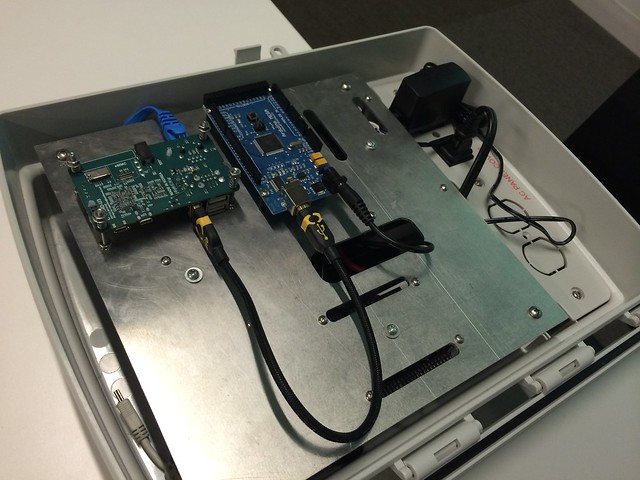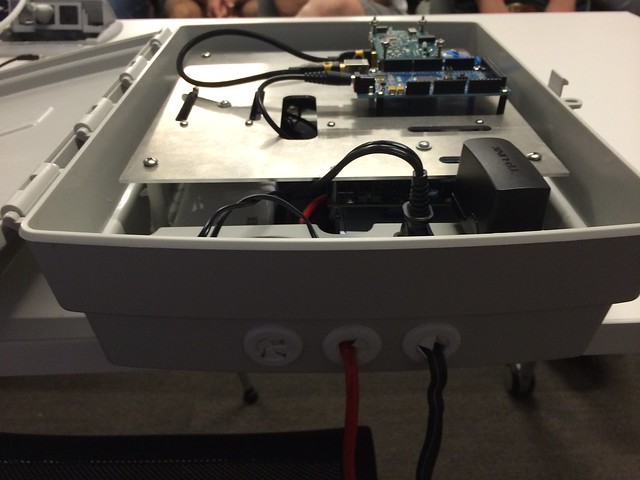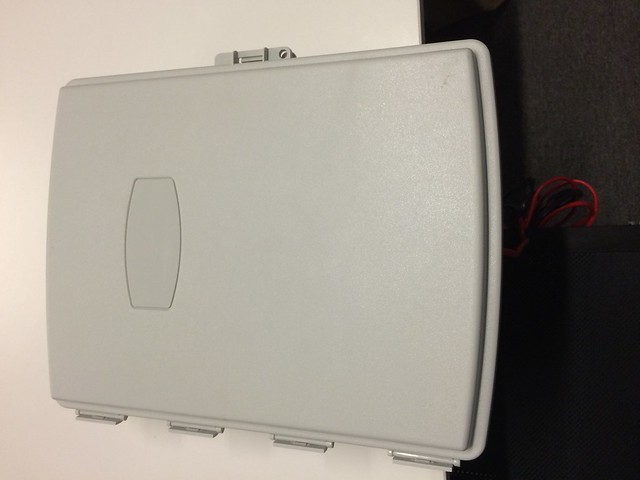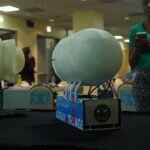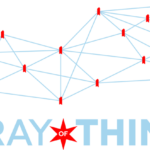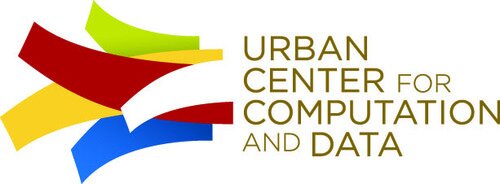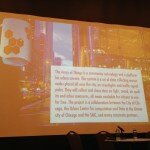At the OpenGov Hack Night on June 17th, Charlie Catlett from The University of Chicago and Doug Pancoast from the School of the Art Institute of Chicago will talked about a new partnership with the City of Chicago to prototype a network of urban sensing and embedded information systems “nodes.”
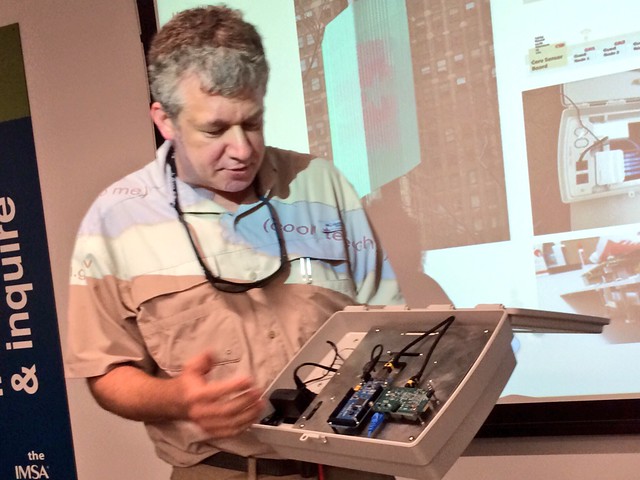
The Array of Things project aims to place small sensor nodes all across the city to help measure temperature, humidity, light, sound, motion, infrared, and other data related to air quality. The goal is to have these nodes upload data to the city data portal every thirty seconds – which means people will be able to write apps using the data. The data will also be used as part of Chicago’s predictive analytics platform. The effort is also part of the City’s Technology Plan under initiative three which calls for policies and infrastructure to allow for urban experimentation.
Here’s Charlie Catlett explaining the program:
The devices themselves are an open design which will be open sourced to the public. Special care has been taken to ensure that the devices aren’t mistaken for surveillance devices. (Which would doom the project) Currently, they have enough funding for 30 nodes, which will be deployed in the loop. However, the team has applied for funding through the National Science Foundation that would enable them to deploy 500 nodes throughout the city.
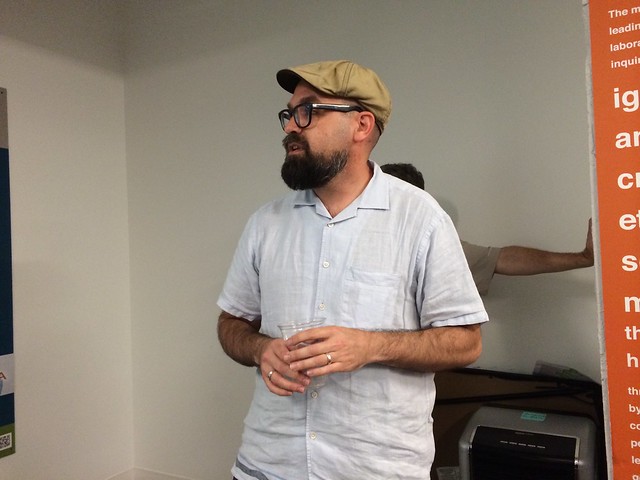
And here’s Doug Pancoast giving a more details:
You can learn more about the Urban Center for Computation and Data you can vist their website at https://www.urbanccd.org/. You can also follow the project on their Twitter feed @ArrayofThings.
Here are additional pictures of the device:
